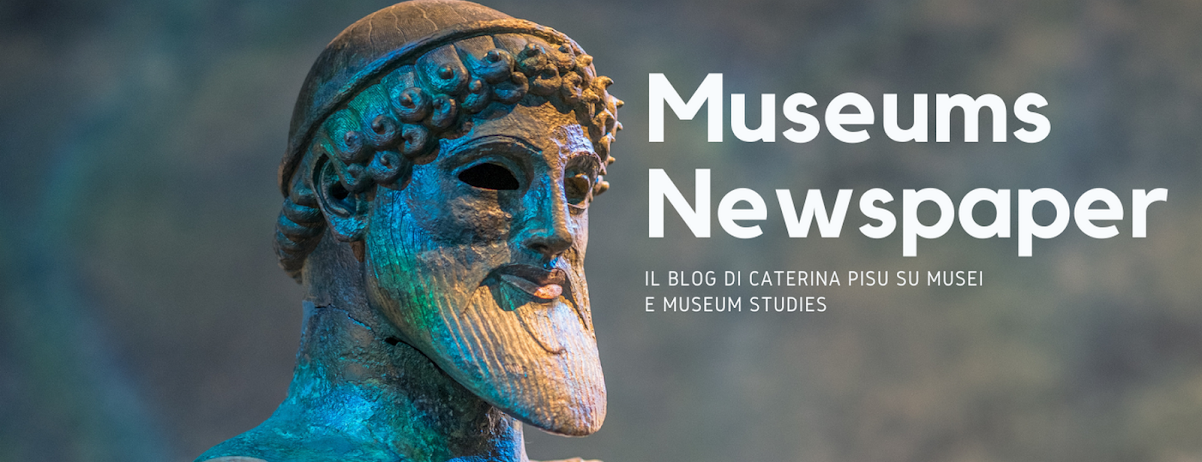di Caterina Pisu
Mentre nel mondo anglosassone le risorse private costituiscono una voce importante nel budget delle istituzioni culturali, in Italia l’apporto dei privati stenta ancora a crescere, se si esclude il caso del Colosseo che sarà restaurato dall’imprenditore Diego Della Valle con un finanziamento di 25 milioni di Euro. Secondo i dati delle più recenti statistiche, nel 2010 il British Museum, per esempio, ha ricevuto 14,7 milioni di sterline da donatori privati, sponsor, trust e fondazioni; il MoMa di New York nello stesso anno è stato sostenuto da ben 135.000 donatori, e così molti altri musei, soprattutto negli Stati Uniti, dove si favoriscono le donazioni grazie alla detassazione. Altrove si ricorre ad espedienti pubblicitari, come in Francia, in cui la situazione è abbastanza simile a quella italiana, con la differenza che non sono stati effettuati gli stessi drastici tagli alle sovvenzioni dello Stato, come purtroppo invece è avvenuto in Italia; inoltre, in Francia le donazioni sono deducibili fino al 66 %. Nonostante ciò, gli introiti non sono ugualmente sufficienti per cui il Musée d’Orsay, per esempio, ha affittato a Chanel la facciata del museo, su cui è stato apposto un gigantesco flacone di Chanel numero 5. In Italia la maggior parte delle erogazioni liberali delle imprese, pari a circa 31 milioni di euro annui, sono destinati per lo più al settore dello spettacolo, ma l’iter burocratico resta, comunque, eccessivamente intricato. Ai donatori, inoltre, spesso non viene dato il giusto risalto, e non sempre essi possono scegliere direttamente a quali istituzioni culturali indirizzare le proprie erogazioni, tranne nel caso in cui queste siano in possesso di personalità giuridica (per esempio le fondazioni); perciò solitamente le risorse vengono incamerate dal Ministero delle Finanze che poi le trasferisce al Mibac, il quale destina i fondi soltanto agli istituti culturali che non hanno autonomia amministrativa. Il meccanismo complicato, la scarsa visibilità dei donatori, unitamente alla normativa fiscale poco vantaggiosa (con una detrazione pari al 19%) hanno quindi l’effetto di scoraggiare l’investimento dei nostri imprenditori nel settore della cultura (argomento trattato anche in ArcheoNews gennaio 2011, “Mecenati in soccorso alla cultura”). La riforma delle normative che riguardano le erogazioni liberali deve essere attuata urgentemente perché ormai l’impoverimento delle risorse statali non è più sufficiente a mantenere in vita le migliaia di musei italiani e il ricorso ai finanziamenti privati non è più soltanto un’opzione. E’ necessario arrivare alla deduzione individuale al 100%, come nei paesi anglosassoni, ed anche all’autonomia amministrativa dei musei. Per ora, infatti, ci sono solo alcune iniziative, come in Toscana, per esempio, dove è stata avanzata una proposta di legge che dovrà essere approvata dalla Giunta regionale della Toscana prima della fine dell’estate e che prevede sgravi fiscali per privati e imprese che decideranno di investire in cultura. Si potrà detrarre il 20% di ciascuna donazione e, inoltre, sono previsti sconti sull’addizionale Irpef e, nel caso di aziende, sull’imposta per le attività produttive (Irap). Le riforme, tuttavia, dovranno essere ben più radicali e risolutive se si vorrà salvare veramente il patrimonio culturale nazionale.
Tratto da ArcheoNews, anno VIII, n. XCI, agosto 2011




